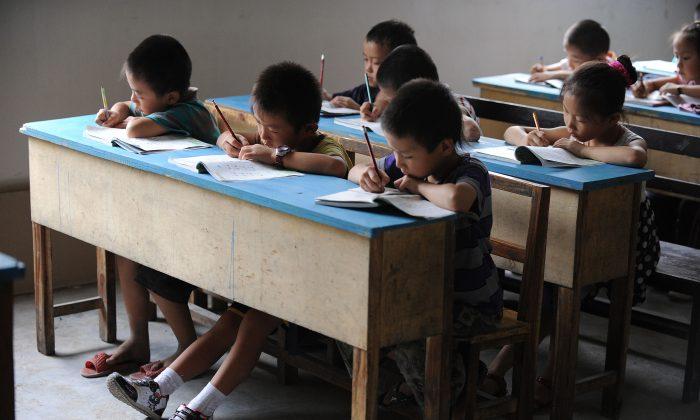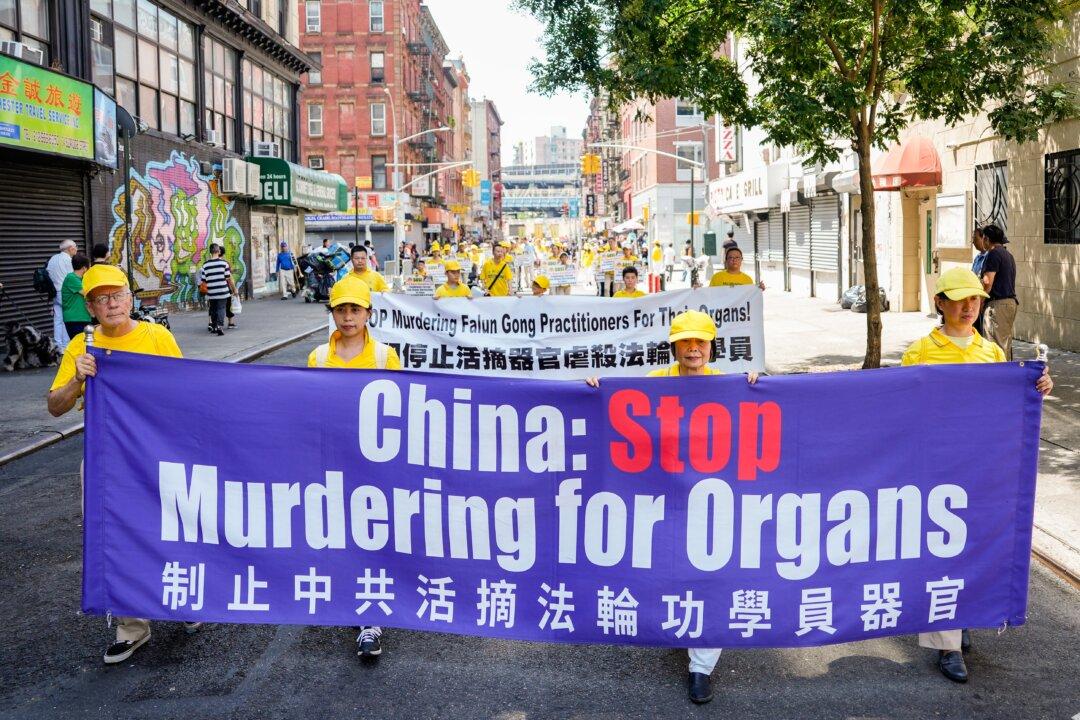Pens and paper aren’t usually thought of as risky items to keep around your children, but Chinese manufacturers have managed to introduce toxins to normally innocuous stationery. With retail stores and online shops rolling out their “back to school” sales, parents might want to think twice before getting those colorful and fragrant school supplies.
With the United States importing about one billion US dollars of stationery products in 2015 and China making up about 40 percent of global production, much of what makes it to the shelves of stores and shops in the United States comes from the world’s most populous country.
White-out
The well-known toxicity of white-out is caused by the presence of organic solvents such as toluene. Some western companies are marketing water-based alternatives. In China, the product’s toxicity came under spotlight in a lab test involving rats.
In 2012, Jiangxi Television reported that in the experiment, the rodents were placed inside two kinds of environments: one without any white-out, while another was first filled with white-out before adding cotton balls to soak up the fluid. The rats inside the containers with white-out died within three minutes.
The experiment inspired an investigation by state-run newspaper Beijing News, which did its own tests of four differents brands of correction fluids and two brands of correction tapes. Excessive benzene, an organic solvent, was found in all four brands of correction fluids, one of which was even marketed as benzene-free. The most potent contained seven times more benzene than the national safety standard. A trace presence of carcinogenic and radioactive compounds were found in all fluids and tapes, as well as excessive amounts of the organic solvent formaldehyde (a cause of skin irritation).
In late 2015, the quality and technical supervision bureau in Jiangsu Province investigated 30 products and found that 13 of them contained amounts of organic solvents well in excess of official safety limits.
Erasers
In June 2014, the mother of nine-year-old Xiao Ma took her son to a hospital after he complained of headaches and nausea, the Shanghai-based East News site reported. It turned out Ma was sick because the scented eraser he was using was made with toxic compound phthalic acid.
According to East Day, a following investigation by Shanghai’s quality and technical supervision bureau found that 10 out of 30 types of Chinese erasers contained excessive amounts of acid. In addition to headaches, this could cause inflammation of the eyes, nose, and throat.
The problem was not limited to Shanghai. In Jiangsu Province, the quality and technical supervision authorities tested 31 erasers and again discovered that 10 were dangerously high in acid content. The bureau’s report said that the acid could lead to testicular and breast cancer.
Backpacks
Backpacks produced in China are another safety hazard, with many containing high amounts of formaldehyde and trace amounts of unsafe heavy metals. A study done by the state-run Beijing News reported last September that all four of the backpack styles it investigated were laced with lead.
Gong Yan, assistant professor at Beijing Institute of Clothing and Technology, said that prolonged exposure to formaldehyde could damage the immune system and cause drowsiness and neurasthenia, reported Beijing News.
Pens
In 2013, a resident of Changchun in northeast China complained to a local newspaper that her daughter had headaches after she bought some watercolor brushes and color markers, reported state broadcaster CCTV. It turns out that these pens sometimes contain heavy metals in their casing and children with the habit of putting things in their mouths could get sick as a result.
The interiors of the pens were no less faulty. A 2015 inspection by the provincial authorities in Jiangsu revealed that of the 38 tested pen refills, 13 were found to have excessive quantities of benzene.
Paper
It’s difficult to imagine how something as innocuous as print paper could be made toxic, but Chinese producers have found a way.
In September 2015, the Jiangsu authorities, having tested 13 brands of print paper, found all of them to be suspiciously brighter than the national industry standard. The national standard for paper brightness was 95 percent, while the average found in the 13 brands was 101.5 percent. The highest was 111 percent.
The cause, as an official with the Jiangsu quality and technical supervision bureau put it, were again harmful ingredients, namely chemical brighteners that can cause skin irritation.
“This has to do with buying habits of customers, who believe the whiter the paper, the better its quality is,” said Wang Guorong, deputy chief at the bureau. “Trying to cater to this consumer impulse, many companies add fluorescent brighteners during the manufacturing process.”






Friends Read Free